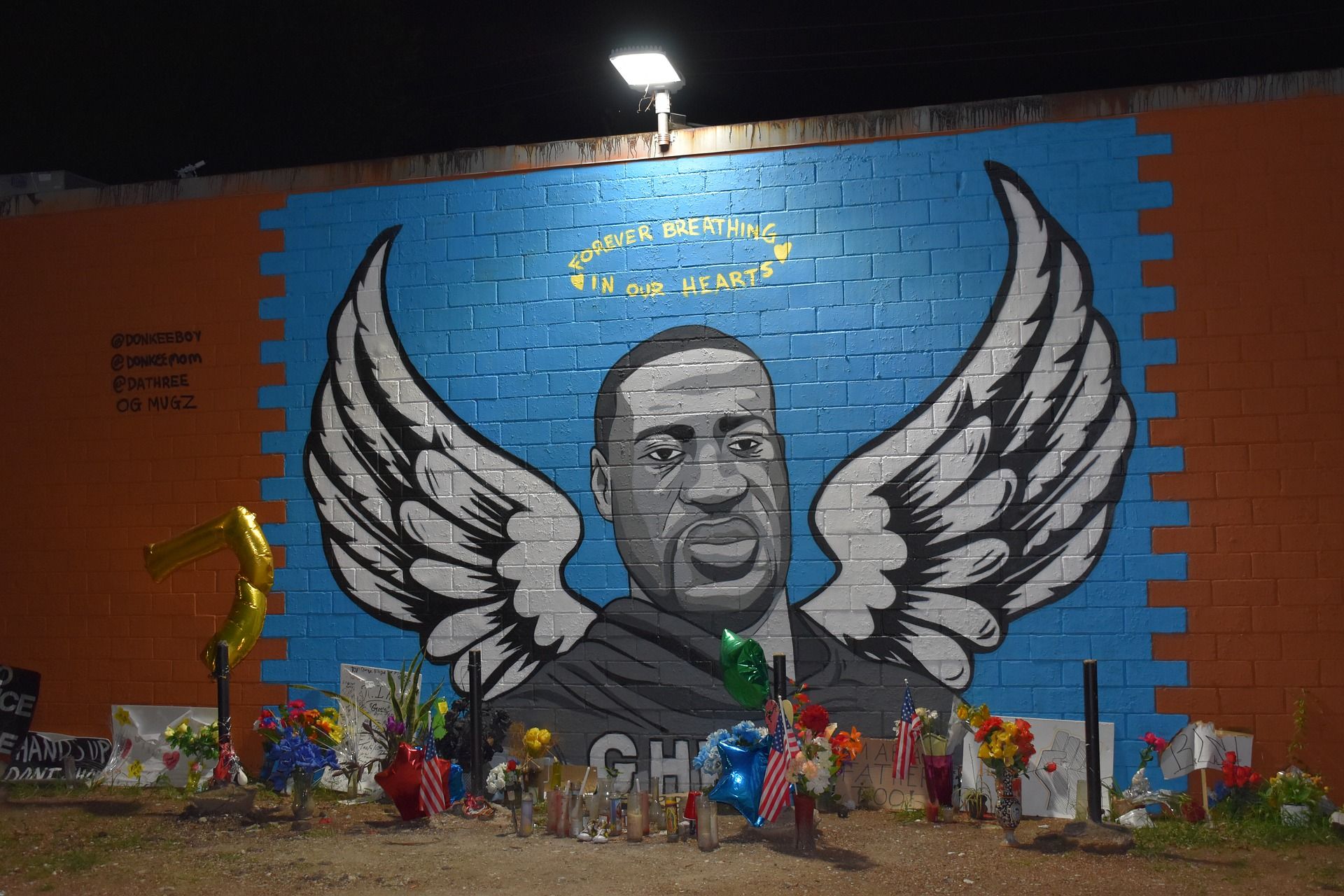Minneapolis Police use-of-force training instructor Lt. Johnny Mercil took the stand in the Derek Chauvin trial on Tuesday and testified that the former cop’s kneeling on George Floyd’s neck is not a trained neck restraint tactic.
“We don’t train leg-neck restraints with officers in service, and as far as I know, we never have,” Mercil said.
ALSO READ | Police Chief agrees Derek Chauvin breached de-escalation policy
Chauvin, a 19-year veteran of the police force, faces up to 40 years in prison if convicted of murdering Floyd in May last year.
Although if suspects are actively resisting, neck restraints may be allowed, however, they are not to be done with the knee and they would not be authorized on a suspect who is handcuffed and under control, he said.
“You want to use the least amount of force necessary to meet your goals,” Mercil said, CNN reported.
“If you can use a lower level of force to meet your objectives, it’s safer and better for everyone involved.”
ALSO READ | ‘Recording officers not obstruction’: Minneapolis Police Chief testifies in George Floyd trial
However, Mercil, later during cross-examination, said that Chauvin’s position might be considered “using bodyweight to control,” a tactic in which officers place a knee on a prone suspect’s shoulder blades to handcuff them.
“However, I will add that we tell officers to stay away from the neck when possible, and if you’re going to use bodyweight to pin, to put it on their shoulder and be mindful of position,” he said.
He also testified that handcuffed suspects can have difficulty breathing on their stomachs. He said officers are trained to move suspects into a side recovery position — “the sooner the better.”
ALSO READ | George Floyd was already dead when paramedic arrived at crime scene
Following Mercil’s testimony, Nicole MacKenzie, a medical response coordinator at the Minneapolis Police, said on the stand that it “would be incomplete” to say that if someone can talk that means they can breathe.
“There is the possibility that somebody could be in respiratory distress and still being able to verbalize it. Just because they’re speaking doesn’t mean they’re breathing adequately,” she added.





